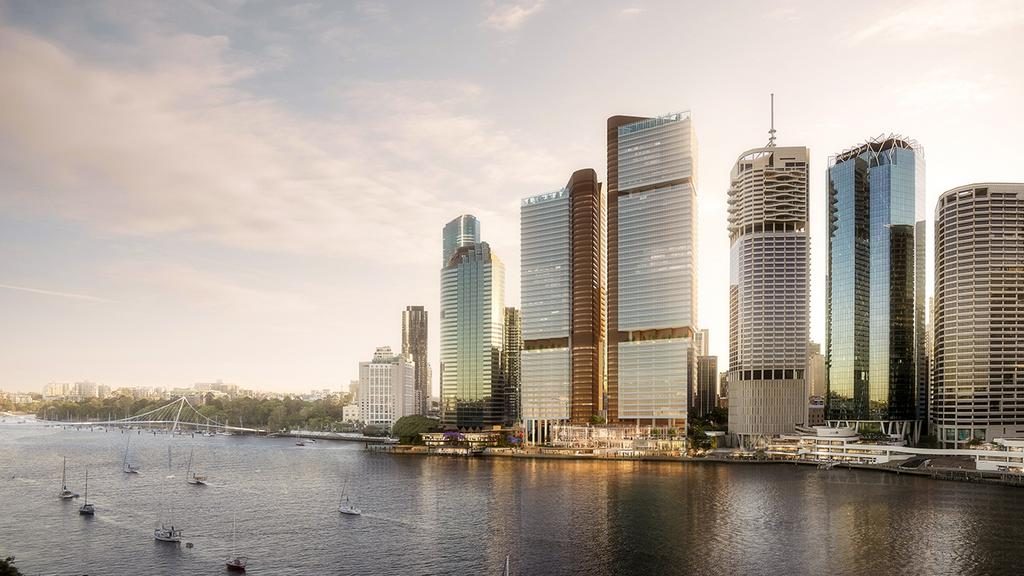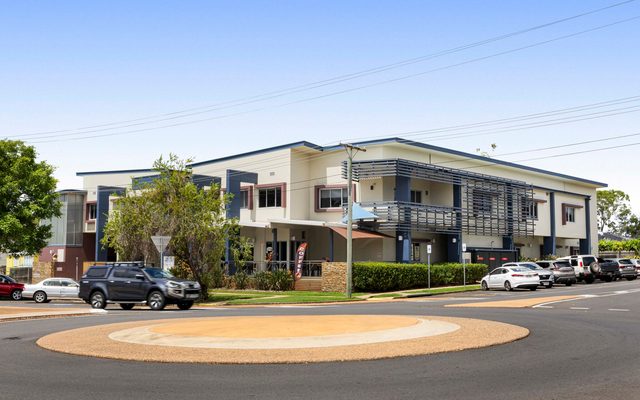This article is from the Australian Property Journal archive
A-REITs offer a level of earnings certainty and shelter during periods of volatility thanks to changes by management since the GFC, according to asset manager VanEck, and this is coming to fruition as its office and industrial counterparts in the US struggle in the current environment of elevated inflation and low growth.
In a note, Cameron McCormack, portfolio manager at VanEck, said that 5% of A-REIT debt expires in the 2024 financial year with the majority of bank loan facilities onshore expiring in FY27, with Dexus the only exception with its US debt maturing next financial year.
“In the US the situation is markedly different with a high proportion of commercial mortgages expiring in 2023 and 2024 coupled with a number of office and residential REITs already defaulting, increasing the refinancing costs of the broader sector.”
A-REITs are down 6.95% in the month-to-date, despite Australian government yields falling and what McCormack described as impressive earnings season results.
“The sector has been sold off prematurely following concerns about refinancing risk in the US reverberating in Australia. However, we see A-REIT refinancing risk as low. Moreover, A-REITS (as represented by MVIS Australia Property index) are currently good value trading at a 14% discount to net tangible assets.”
McCormack said, “Don’t write off the A-REITs”. He said in the current environment of elevated inflation and low growth, A-REITs have historically offered reasonable returns and consistent dividends.
“A significant proportion of rental contracts are inflation-linked, and while higher rates push up the cost of debt servicing, highest proportion of refinancing isn’t required until FY25. A-REIT management has also reduced debt levels and expanded funding sources since the GFC, offering a level of earnings certainty and shelter during periods of volatility.”
However, the exception is office REITs where, VanEck recommends an underweight position.
“The subsector faces secular headwinds from an anticipated increase in unemployment and adoption of hybrid working.”
Analysts at Barrenjoey this week warned office tower values could be slashed by as much as 15% to 20%.
Cap rates could come off by 100 to 125 basis points, it said, and revised its expectations for office cap rates to 6.1%, above the 4.9% average recorded by the REITs themselves.
The market is set to be tested by Blackstone’s offering of the JPMorgan tower at 85 Castlereagh Street in Sydney, which had a June book value of $835 million. Mirvac is offering 60 Margaret Street and Dexus is shopping around 44 Market Street.
McCormack said that going forward, VanEck favours industrial REITs, notably Goodman Group.
“The company maintained high occupancy rates and limited increases in cap rates, despite the rapid increase in interest rates. Financial leverage and undrawn debt as a percentage of total drawn debt also one of the lowest and highest respectively.”
Meanwhile latest data from MSCI show lenders are pricing in higher risk by lifting the average cost of debt for retail specialist funds to 8.3% in Q4 2022 from 2.6% in Q4 2021 – the highest level since the series began in 2015, an analysis of the data showed.
The average cost of debt for office and industrial specialist funds have also more than doubled.




